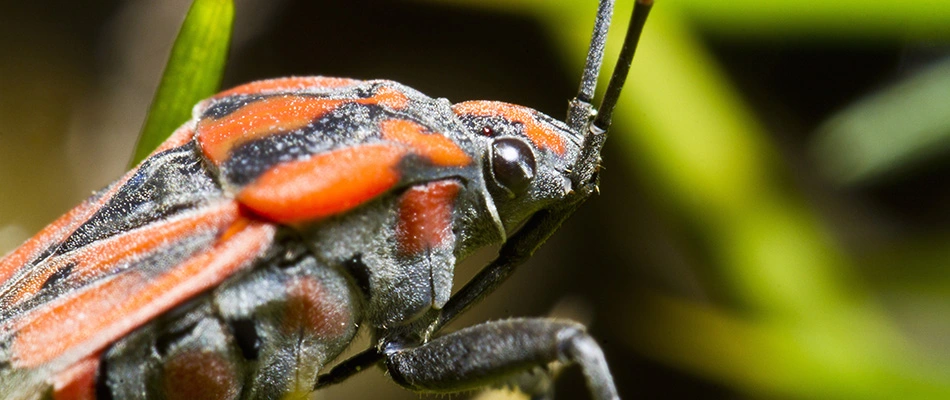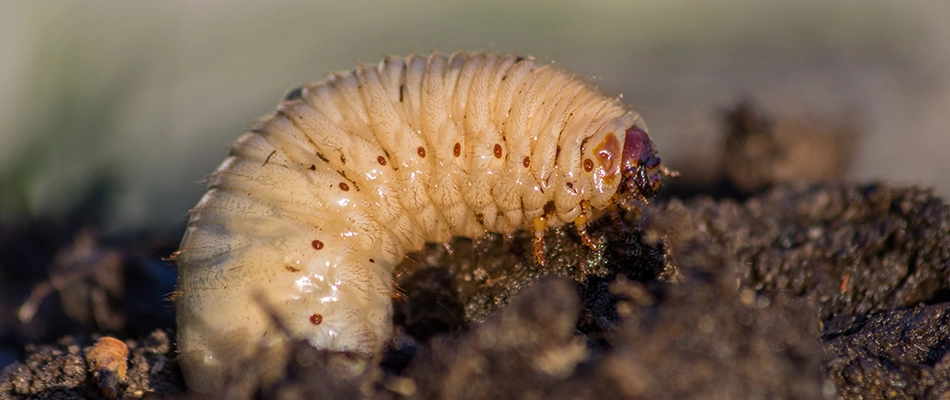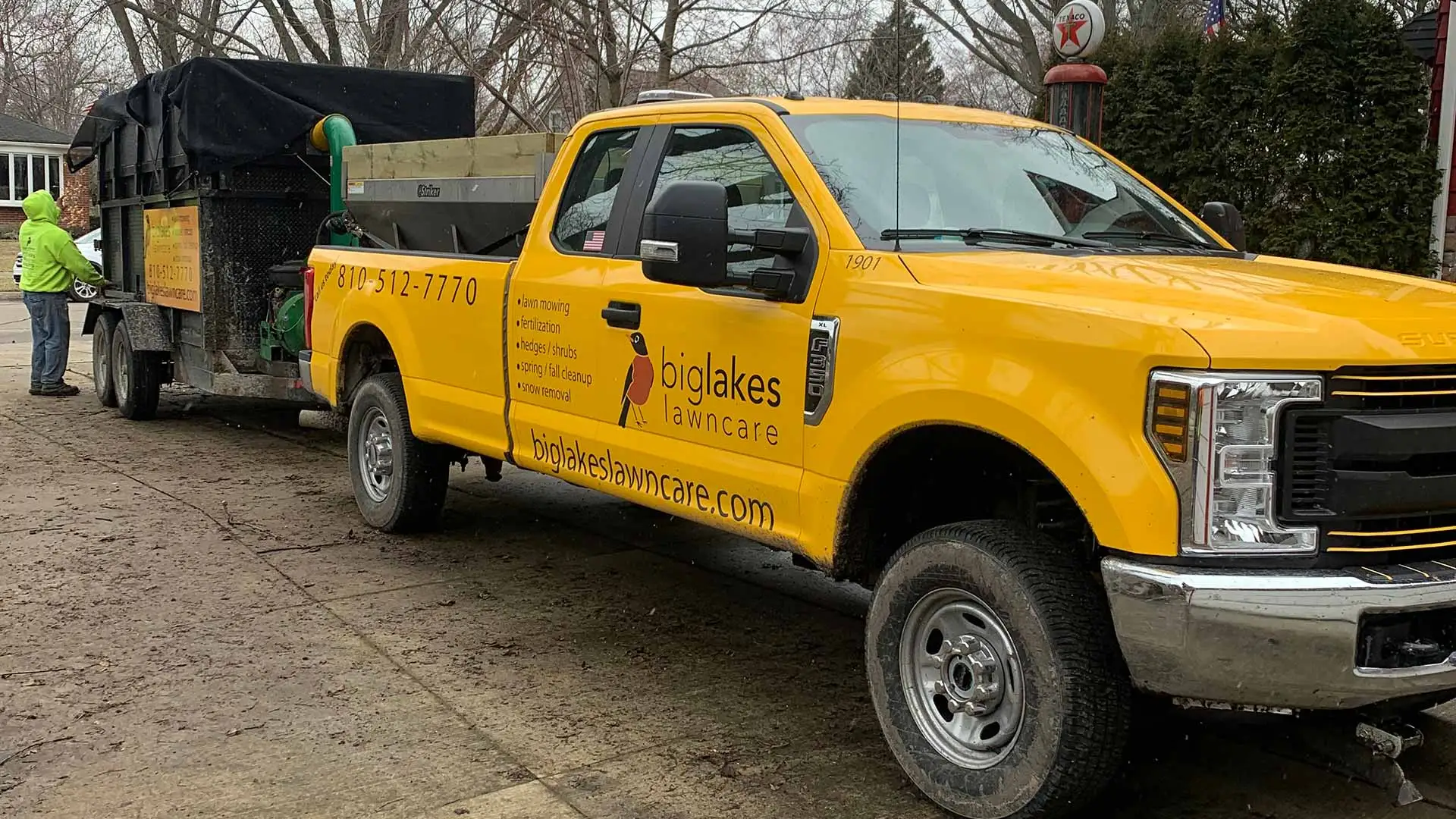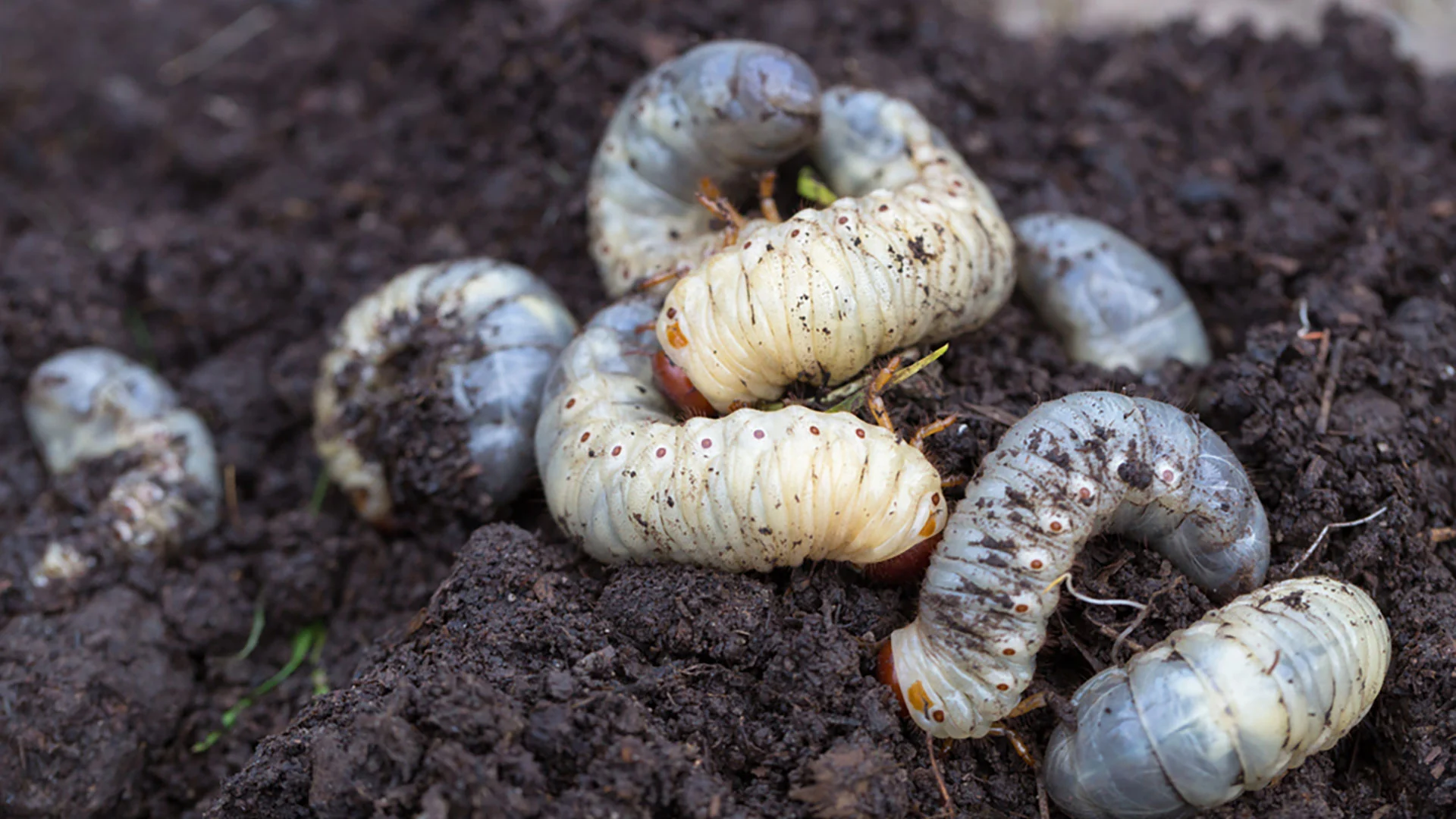Michigan is home to many species of insects. While many of them are harmless, there are some insects that are known to cause damage to lawns. Three common lawn insects you should watch out for are chinch bugs, sod webworms, and lawn grubs. These insects can cause various types of damage including leaving brown patches on your lawn, killing your grass blades, and destroying the roots of your turf, just to name a few.
Continue reading to learn more about what these insects look like, what kind of damages they can cause, and what you can do to prevent them.
1. Chinch Bugs

Chinch bugs are small insects that have black, hairy bodies and white wings. They cause significant damage to lawns by sucking out essential fluids from grass blades and injecting them with toxins. If your turf has been infested by chinch bugs, your grass will notice your grass blades turn yellow and then brown before eventually dying. This lawn insect usually feeds during the early afternoon when it is sunny and warm out. Fret not because curative treatments will effectively target this pesky lawn insect.
2. Sod Webworms
Sod webworms are enemies of lawns in Michigan. These lawn insects are the larvae form of lawn moths and they are identifiable by their grayish-brown bodies with eight brown spots arranged by pair in four parallel rows on their abdomen.
Sod webworms love to feed on grass blades. As they feast on your lawn, they will start to cause small areas of brown spots and these areas will have a grazed or scalped appearance. If they are not dealt with properly, the damage will spread and can even eventually kill your entire lawn.
Damage is seen as early as spring when the overwintering caterpillars start feeding again. Their life cycle is relatively quick, so you'll see another generation of larvae ruining your grass in late June to July and another batch in August. Your best course of action when your lawn is affected by sod webworms is to get professional curative treatments that will specifically target sod webworms.
3. Lawn Grubs

Grubs are the larvae form of scarab beetles like the Japanese beetle and the June bug, and they like to feed on the roots of your grass. With one bite at a time, grubs will leave your turf unattached to the soil and unable to receive the nutrients it needs to thrive. Common signs that your lawn has fallen victim to grubs include brown patches and a spongy lawn.
There are treatment options out there that can prevent grubs from ever infesting your lawn in the first place. If you didn't schedule that type of treatment and you are dealing with a current infestation, there are treatments available for that as well. Here are the two types of grub control treatment options:
- Preventative treatments: This treatment involves spraying a preventative insecticide on your lawn to kill grub eggs before they ever hatch.
- Curative treatments: Curative treatments are your only recourse if grubs are already damaging your lawn. These curative treatments will eliminate existing grubs on your turf.
Preventative grub control treatments should be scheduled in June.
Need help taking back control of your lawn from these insects? Call our professionals today!
At Big Lakes Lawncare, we can protect your turf from lawn insects such as chinch bugs, sod webworms, and lawn grubs. We offer curative treatments for chinch bugs and sod webworms, while our grub control service has preventative and curative options. If you own a residential or commercial property in Macomb, Shelby, Chesterfield, MI or a nearby area, our top-rated services are available for you. Call us today at (586) 200-0855 to schedule!




Comments (0)
Thanks for your comment!
Thanks for your feedback! Your comments have been successfully submitted! Please note, all comments require admin approval prior to display.
Error submitting comment!
There is a problem with your comment, please see below and try again.